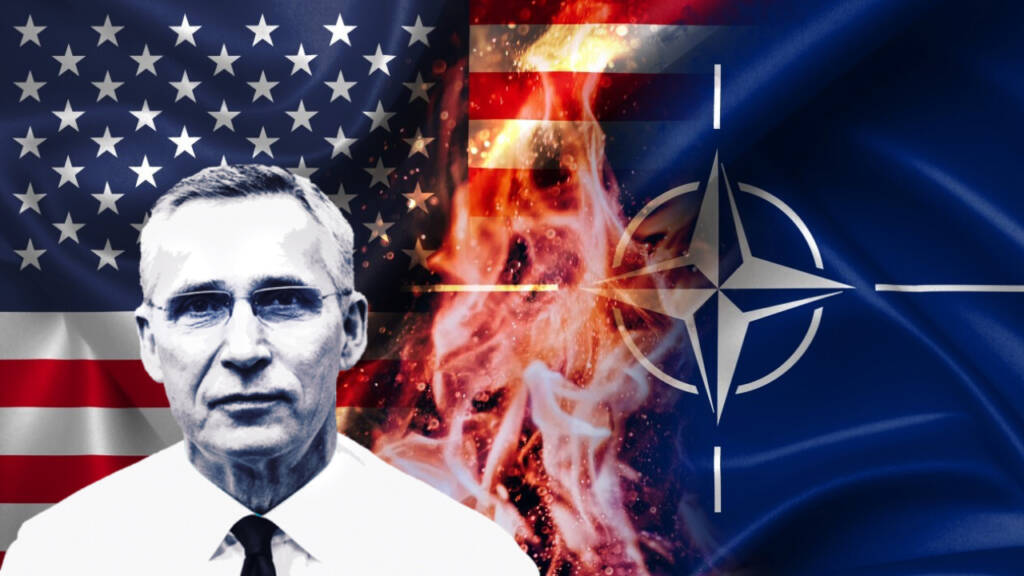NATO is facing multiple challenges that are putting its future at risk. One of the main challenges is the lack of political will and commitment from some member countries to meet their defense spending obligations. Only a handful of member countries are currently meeting the NATO target of spending at least 2% of their GDP on defense. This has created a rift within the alliance, with some member countries feeling like they are carrying the burden of defense while others are not doing their fair share.
Another challenge is the rise of nationalism and nationalistic leaders within some member countries. This has led to a shift in foreign policy priorities, with some member countries prioritizing bilateral relations with non-NATO countries over the collective defense of the alliance. There is also concern about the increasing influence of Russia and China in Europe and the potential for them to undermine NATO’s security and influence.
The Upcoming NATO Summit
Given these challenges, there is a growing debate that NATO needs to change its structural policy in order to survive. This big challenge is supposed to be addressed in July, when NATO allies gather in Vilnius, Lithuania, for their big annual summit. But any possibility for a structural realignment within NATO looks bleak.
In the coming summit, it is expected that NATO’s top military leader will lay out a new plan for how the alliance will put more troops and equipment along the eastern front. And Gen. Chris Cavoli, supreme allied commander for Europe, will also reveal how personnel across the alliance will be called to help on short notice.
The changes will amount to a “reengineering” of how Europe is defended, one senior NATO official said.
The plans will be based on geographic regions, with NATO asking countries to take responsibility for different security areas, from space to ground and maritime forces.
NATO leaders have also pledged to reinforce the alliance’s eastern defenses and make 300,000 troops ready to rush to help allies on short notice, should the need arise. Under the current NATO Response Force, the alliance can make available 40,000 troops in less than 15 days. Under the new force model, 100,000 troops could be activated in up to 10 days, with a further 200,000 ready to go in up to 30 days.
NATO’s aspirations represent a departure from the alliance’s previous focus on short-term crisis management. Essentially, the alliance is “going in the other direction and focusing more on collective security and deterrence and defense,” said a second NATO official, who like the first, requested anonymity to discuss ongoing planning.
Problem with the Plan
In other words, the upcoming meeting will pressure the western European countries to increase their military spending and aid their eastern counterparts in countering the resurgent Russian threat. To be clear, this call has its roots in Biden’s foreign policy realignment, which morph Russia into America’s main rival. This is a significant departure from post-Cold War arrangements that aimed to mend American relations with Moscow and shift focus to Asia in order to counter the rising Chinese threat.
According to Stephen Walt, a professor at Harvard University, the lack of consensus among NATO members initially arose from the different ways in which Eastern and Western European states perceived the danger.
You see, the conflict in Ukraine and the ongoing security challenges in the region have created differences and tensions within NATO. One of the main factors contributing to these differences is the varying levels of concern among NATO members regarding the conflict and Russia’s actions in the region.
Some member countries, particularly those that border Russia, have a higher level of concern and are more supportive of providing military aid and assistance to Ukraine. However, other member countries, particularly those further away from the conflict, are more cautious and hesitant to get involved militarily. This has led to disagreements and debates within NATO over the appropriate response to the conflict.
The Russian Angle
Another factor contributing to the differences within NATO is the divergent foreign policy priorities and interests among member countries. Some member countries prioritize maintaining good relations with Russia and see Ukraine as a secondary concern. Others see the conflict in Ukraine as a direct threat to NATO’s security and want to take a more aggressive stance against Russia.
The recent, so-called restructuring plan, which asks the Western front to step up their war against Russia, is therefore certain to fail.
Moreover, the NATO summit will likely cover the topic of developing tools that partners can employ. It’s a position that, in America’s opinion, the members of the European Union are well-suited for.
History, however, demonstrates how sensitive this issue is for the EU, a self-declared peace project that by definition cannot use its resources to purchase weapons. The EU has a long-standing tradition of prioritizing economic and social development over military spending. This is reflected in the EU’s budget, which is primarily focused on funding programs that promote economic growth, social cohesion, and environmental sustainability.
Traditionally NATO and the EU have been great at promising change and forming committees and working groups to make that change, only to watch it get bogged down in domestic politics and big alliance in-fighting. And many countries have long fretted about the EU encroaching on NATO’s military turf.
Overall, there isn’t much to expect from the NATO summit. As we have already discussed, NATO is actually in its final phase of existence. One of the most effective security arrangements in the geopolitical space may collapse if things progress on their present course. If NATO is to survive and continue to have a significant impact on world affairs, it must solve its internal conflicts and work to regain its sense of unity and purpose.
